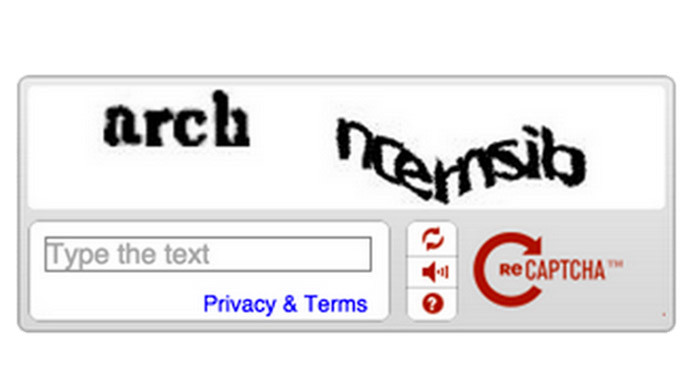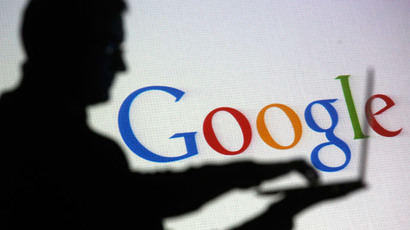'I’m not a robot': Google ditches pesky CAPTCHA for checkbox

Instead of deciphering distorted text, web users will now be able to prove that they are humans with a simple “I’m not a robot” checkbox. Google announced an updated version of the traditional CAPTCHA online human verification system Tuesday.
CAPTCHAs, the scrambled, hard-to-read letters internet users are forced to decipher to prove that they are, in fact, human, are getting an upgrade. On its internet security blog, Google explained that the old system is becoming increasingly obsolete as algorithms are now capable of outsmarting over 99 percent of all CAPTCHAs.
The new system of verification, built on a new, more flexible application programming interface (API), allows users to simply click on a checkbox confirming that they are not bots or scripts. Powered by a sophisticated risk-analysis engine, the new reCAPTCHA takes into account what a user does before and after ticking the checkbox.
“[L]ast year we developed an Advanced Risk Analysis backend for reCAPTCHA that actively considers a user’s entire engagement with the CAPTCHA—before, during and after—to determine whether that user is a human,” Google said.
For most users, whose behavior is easy enough to screen, the checkbox test will be enough. However, those not so easy to verify will be asked to go through a more rigorous test. This might be the good old text-decoding procedure, or something a little spiffier. For instance, Google is rolling out a mobile test which presents users with a picture of a cat and asks him or her to select similar images.
Developers who want to use to use the streamlined test must first adopt the new API, which Google engineers have whittled down to just three extra lines of code.
The updated process has already been adopted by Snapchat, WordPress and Humble Bundle, among others.
















